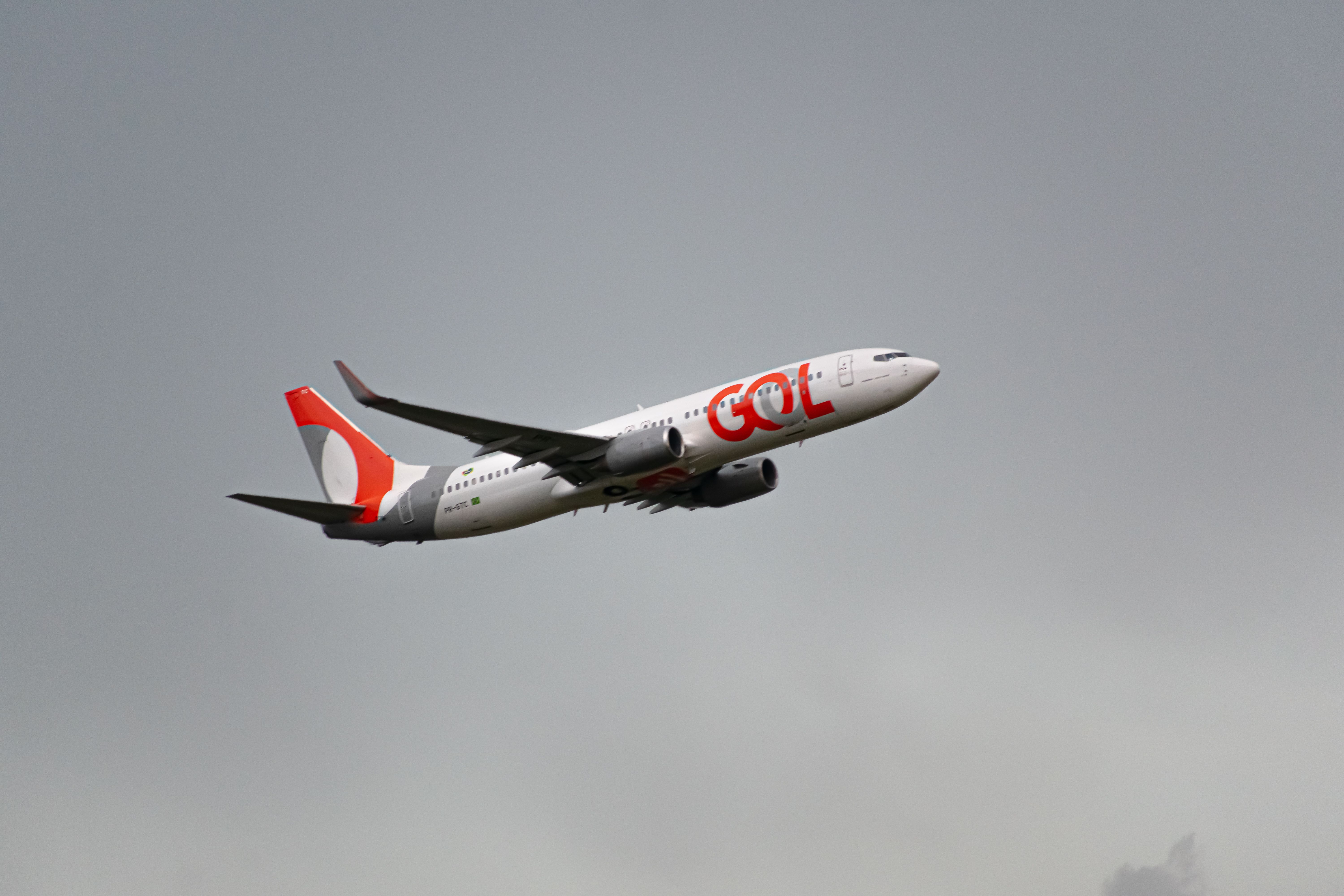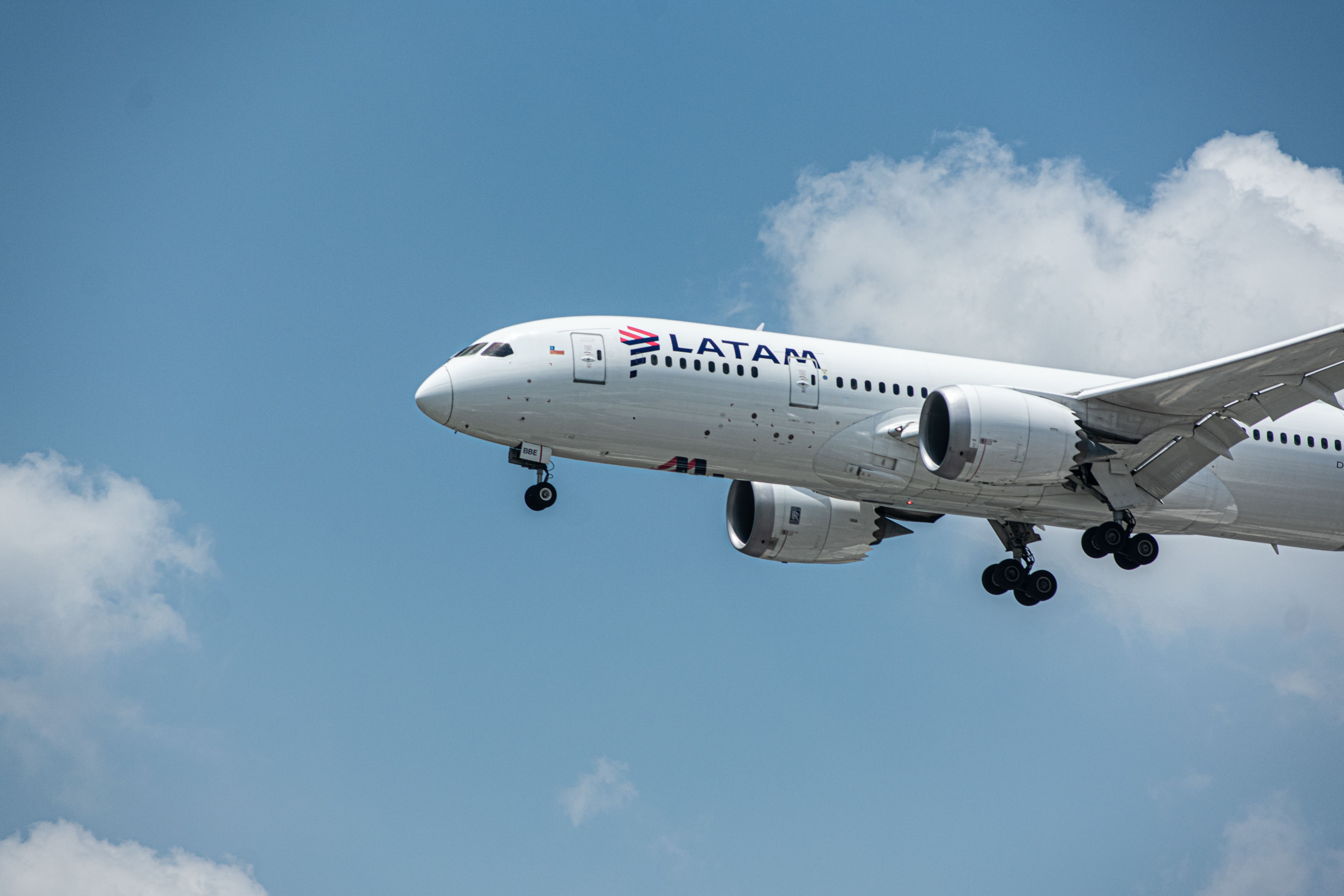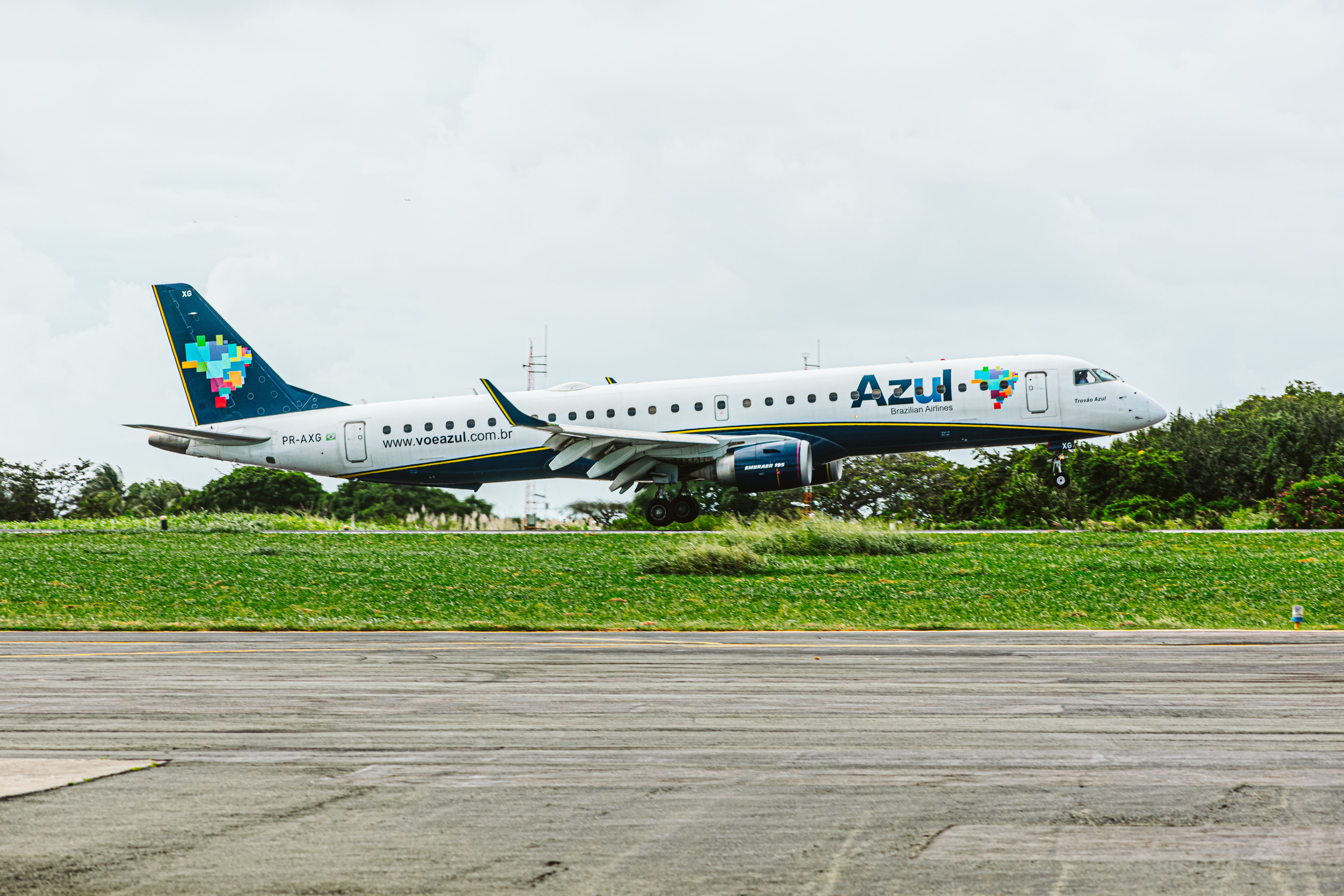Brazil has the fifth largest airspace in the world. Still, the domestic aviation industry has yet to fully explode to its full potential, according to a study commissioned by IBS Software and supported by the Latin American and Caribbean Air Transport Association (ALTA). “I am enthusiastic about the future of aviation in Brazil. There are challenges, but there are many more opportunities,” said José Ricardo Botelho, Executive Director & CEO of ALTA.
There’s so much opportunity
Prior to the COVID-19 pandemic, Brazil recorded 0.5 air trips per person per year on average. That number was a meager figure compared to those reported in other countries. For example, in the United States, each person travels, on average, 2.6 times, in Spain 4.5 times, and in Chile 1.2 times.
Paulo Henrique Possas, director of the country’s Secretariat of Civil Aviation, said if we compare Brazil to similar markets such as the United States, Australia, and China, there is still great potential for growth in the country. This opportunity to grow can be seen in a simple fact, the commercial fleet size in the country.
Find the latest South American aviation news here.
Brazil has three leading airlines, Azul, GOL Linhas Aéreas, and LATAM Brasil. These three carriers have a total of 432 aircraft. In the United States, American Airlines alone has 858 planes, while in China, Air China operates 509 aircraft.
Between 2008 and 2019, the market grew at approximately 7% per year, when Brazil went from 50 million to 100 million departures. “Even so, the market penetration rate is still relatively low: Azul estimates that only 10 million individuals travel at least once a year,” said Alex Malfitani, Azul’s Chief Financial Officer. Brazil has 214 million people.
Two more stats: Brazil has 5,500 municipalities, but only 130 of them have commercial aviation services available. The airline industry is responsible for no more than 18% of travel in Brazil, unable to compete with roadway travel which is still dominant in the country (81%).
There are challenges though
Despite the enormous opportunity for growth of the Brazilian airline industry, there are some challenges that must first be addressed. The most significant factor contributing to the economic inefficiency of Brazil’s carriers is the price of kerosene-type fuel (JET A). In this country, fuel is 30% to 40% more expensive than in the United States. Therefore, domestic flights in Brazil are more expensive.
The high costs in Brazil have led to an incredible development: there are no low-cost nor ultra-low-cost airlines in this country.
The airport infrastructure is also a challenge for Brazil. The Brazilian government has begun a privatization process in the last few years. There have been seven rounds, and the latest included the highly coveted São Paulo Congonhas Airport. The privatization rounds have been highly successful. José Ricardo Botelho, ALTA’s CEO, said,
“Proof of the program’s success can be seen in that eleven of the twelve largest international airport operators are operating in Brazil.”
There are challenges, but the opportunities are far bigger. “The key is to continue working together with a State agenda in the country that includes the government, airlines, airports, service providers, and associations working together to find better and more efficient ways to provide a better essential service for the people,” added Botelho.
What do you think are the biggest opportunities in the Brazilian aviation market? Let us know in the comments below.



